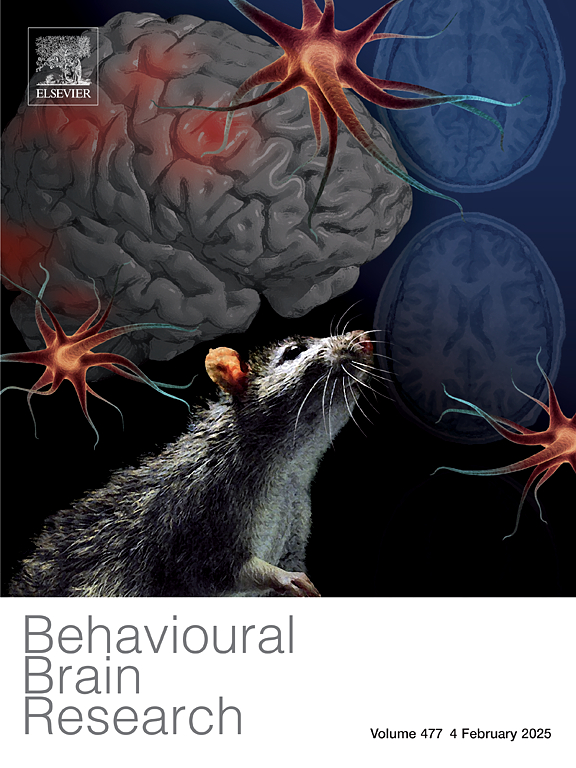Sensing the beauty of interface: Neural oscillatory correlates of visual aesthetic judgment
IF 2.6
3区 心理学
Q2 BEHAVIORAL SCIENCES
引用次数: 0
Abstract
It is critical for manufacturers to assess customers' aesthetic preferences for various interfaces. However, few studies on neural oscillations for aesthetic judgment have yielded inconsistent results. In this study, we explored the EEG oscillations linked to aesthetic judgments using interface materials (from aesthetic to medium and unaesthetic) along with corresponding scrambled images. Present findings showed that theta-band synchronization to interface were significantly higher for aesthetic interfaces than unaesthetic ones during 200–240 ms at the bilateral occipitotemporal electrodes. However, no significant differences in theta-band oscillations were observed between scrambled images of aesthetic and unaesthetic interfaces. During 250–300 ms, similar theta oscillation patterns were found only at the right occipitotemporal electrodes. Meanwhile, during 220–270 ms, aesthetic interfaces induced stronger alpha-beta desynchronization than unaesthetic ones at the left frontal electrodes, and still no such significant differences were observed in scrambled images. These EEG oscillations could serve as valuable real-time indicators for assessing individual aesthetic judgments.
感知界面之美:视觉审美判断的神经振荡关联
对于制造商来说,评估客户对各种界面的审美偏好是至关重要的。然而,很少有关于审美神经振荡的研究得出不一致的结果。在这项研究中,我们使用界面材料(从审美到中等和非审美)以及相应的乱置图像探索了与审美判断相关的脑电图振荡。研究结果表明,在200-240 ms期间,美观界面的θ波段同步明显高于非美观界面。然而,美观界面和非美观界面的图像在theta波段振荡上没有显著差异。在250-300 ms期间,仅在右侧枕颞电极处发现了类似的θ振荡模式。与此同时,在220-270 ms期间,美学界面在左额叶电极诱导的α - β去同步比非美学界面更强,而在混乱图像中仍未观察到这种显著差异。这些脑电图振荡可以作为评估个人审美判断的有价值的实时指标。
本文章由计算机程序翻译,如有差异,请以英文原文为准。
求助全文
约1分钟内获得全文
求助全文
来源期刊

Behavioural Brain Research
医学-行为科学
CiteScore
5.60
自引率
0.00%
发文量
383
审稿时长
61 days
期刊介绍:
Behavioural Brain Research is an international, interdisciplinary journal dedicated to the publication of articles in the field of behavioural neuroscience, broadly defined. Contributions from the entire range of disciplines that comprise the neurosciences, behavioural sciences or cognitive sciences are appropriate, as long as the goal is to delineate the neural mechanisms underlying behaviour. Thus, studies may range from neurophysiological, neuroanatomical, neurochemical or neuropharmacological analysis of brain-behaviour relations, including the use of molecular genetic or behavioural genetic approaches, to studies that involve the use of brain imaging techniques, to neuroethological studies. Reports of original research, of major methodological advances, or of novel conceptual approaches are all encouraged. The journal will also consider critical reviews on selected topics.
 求助内容:
求助内容: 应助结果提醒方式:
应助结果提醒方式:


